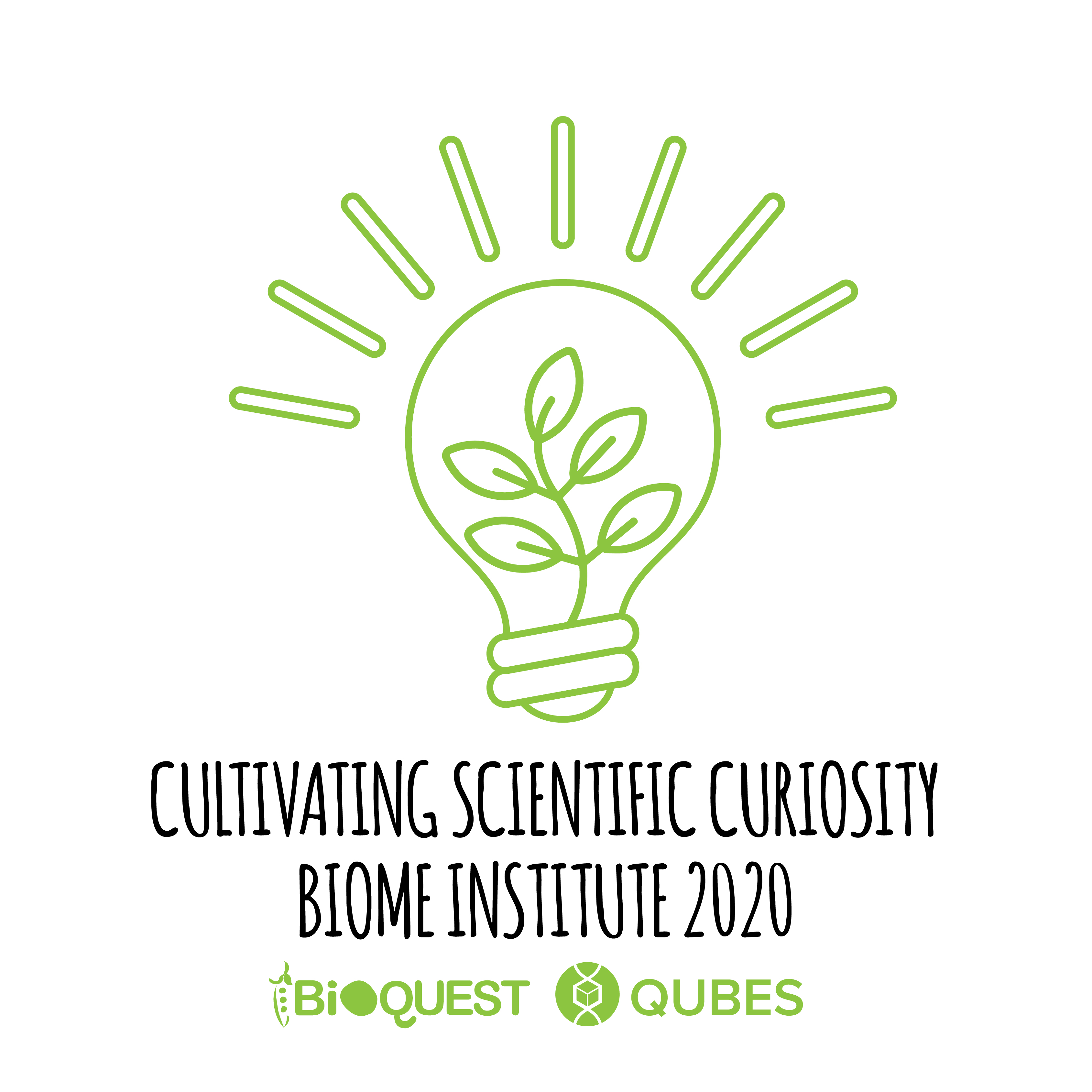Ciliate Genomics Consortium: a professional learning community sharing modular curricula to support undergraduate research in the classroom
Author(s): Douglas L Chalker1, Emily Wiley2
1. Washington University in St. Louis 2. Claremont McKenna College
1951 total view(s), 428 download(s)
CGC_Biome_poster.pdf(PDF | 2 MB)
- License terms
Description
The Ciliate Genomics Consortium (CGC) employs an integrative teaching and research model that combines both inquiry-driven class laboratory activities and collaborative consortium pedagogies to advance faculty research. The CGC is a student-centered, nation-wide collaborative learning community that uses scalable functional genomics for integration into courses in a variety of biology sub-disciplines. Students’ results are immediately shared with an interested scientific community through web publication (www.SUPRdb.org), a highly motivating pedagogical dimension. Through strategic selection of proteins to investigate, faculty members engage students in course-based research that intersects with their own research goals. Opportunities for faculty cross-training and new research collaborations have grown as well. In this poster, we present a model to grow the consortium and disseminate our professional learning community model that achieves three key goals: 1) increase numbers of faculty implementing course-based research by aligning faculty teaching and research goals, 2) broaden student involvement in authentic research, and 3) advance fundamental knowledge of gene functions.
This is a part of the Genomics Education Alliance Posters & Beyond materials for the BIOME Institute.
Cite this work
Researchers should cite this work as follows:
- Chalker, D. L., Wiley, E. (2020). Ciliate Genomics Consortium: a professional learning community sharing modular curricula to support undergraduate research in the classroom. Cultivating Scientific Curiosity, QUBES Educational Resources. doi:10.25334/CNPE-4M14
